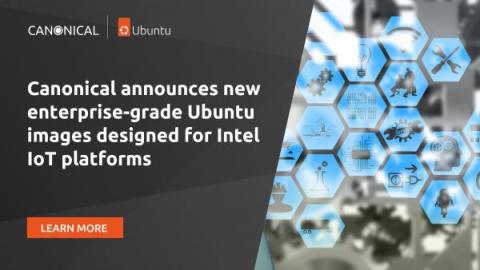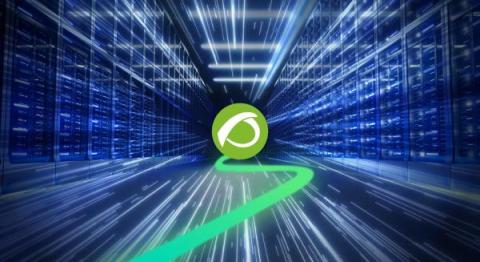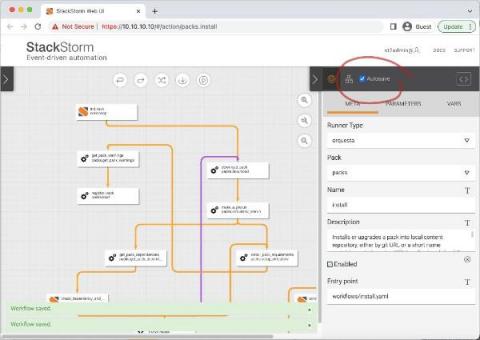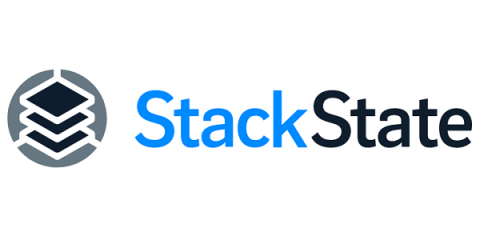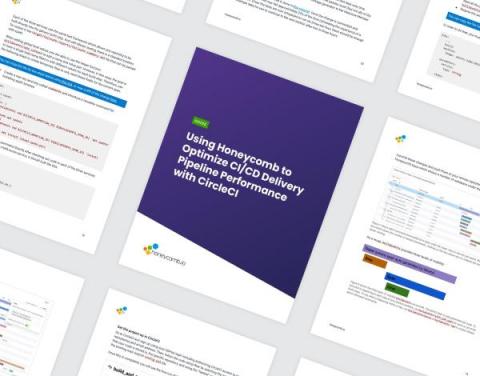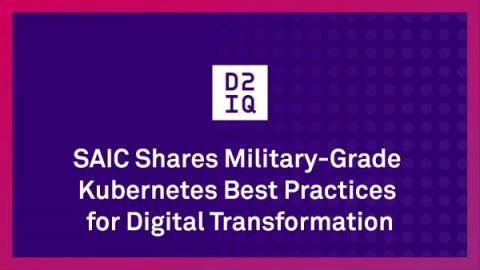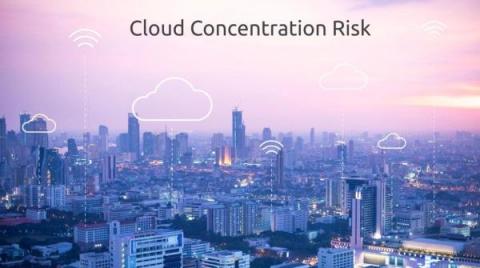Canonical announces new enterprise-grade Ubuntu images designed for Intel IoT platforms
15 November 2022: Canonical announced today the availability of new enterprise-grade Ubuntu images designed for next-gen Intel IoT platforms. Purpose-built for industrial environments and use cases, the latest Ubuntu images on Intel hardware deliver the performance, safety, and end-to-end security enterprises expect from the most widely used Operating System (OS) among professional developers with latest Intel technologies pre-enabled and available.


